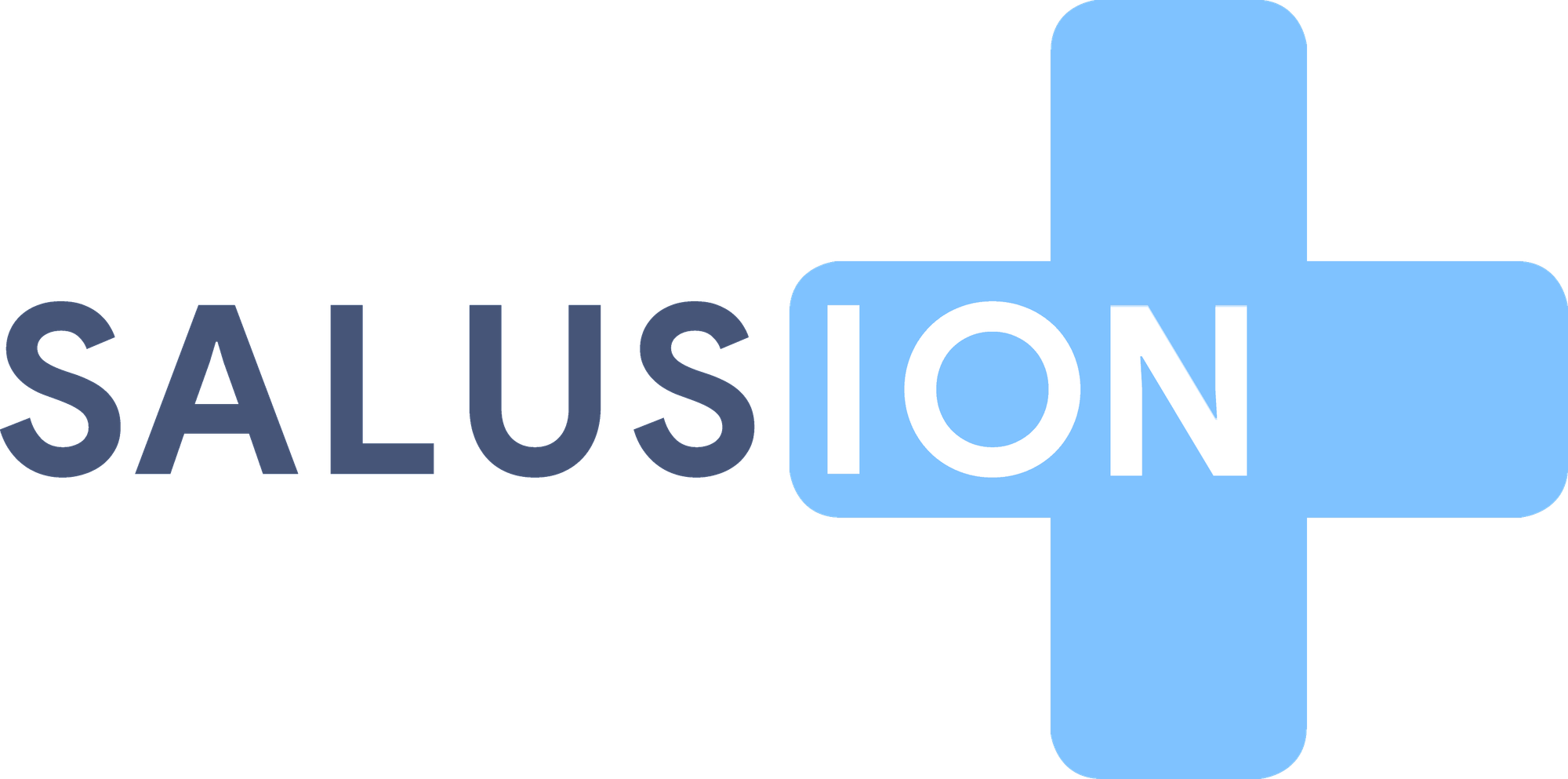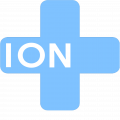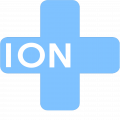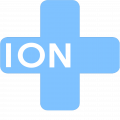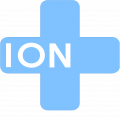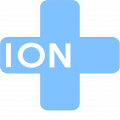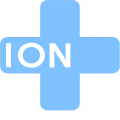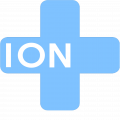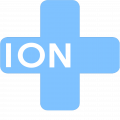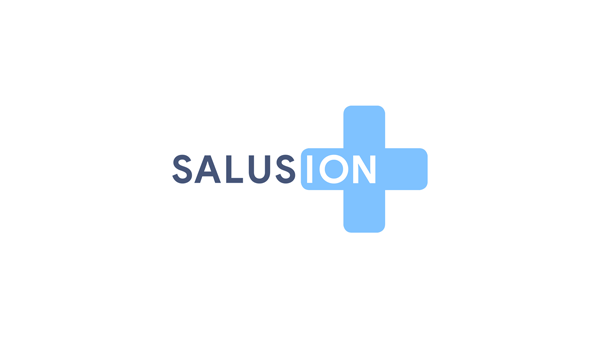Employers offering an Individual Coverage Health Reimbursement Arrangement (ICHRA) must meet specific compliance requirements to ensure legal adherence and operational integrity. These include establishing a written plan document, providing required notices to eligible employees, substantiating coverage and expenses, and meeting tax reporting obligations.
Plan Document
Employers must create a formal written plan document as mandated by the Employee Retirement Income Security Act (ERISA). This document defines the terms and conditions of the health reimbursement arrangement and ensures compliance with applicable regulations.
The Purpose of the Plan Document
- Compliance with ERISA: Ensures the plan meets legal requirements, including eligibility rules, reimbursement processes, and fiduciary duties.
- Legal Protection: Reduces risks by clearly defining plan rules, minimizing disputes with employees or regulatory agencies.
- Transparency for Employees: Helps employees understand their benefits, including reimbursement processes and coverage requirements.
- Audit Preparedness: Serves as proof of compliance during IRS or Department of Labor audits.
Key Components of the Plan Document
- Eligibility Requirements: Define eligible employee classes and participation criteria.
- Reimbursement Rules: Specify annual contribution limits, eligible expenses, and proration for midyear participants.
- Coverage Requirements: State that participants and dependents must maintain Minimum Essential Coverage (MEC) to qualify for tax-free reimbursements.
- Administrative Procedures: Outline claims, appeals, and other administrative responsibilities.
Summary Plan Description (SPD)
Employers subject to ERISA must provide a Summary Plan Description (SPD) to participants. The SPD serves as the primary document for communicating the ICHRA’s details to employees. It must include:
- Overview of Benefits: A summary of reimbursement rules, eligible expenses, and annual limits.
- Eligibility Rules: Clear criteria for participation, including any waiting periods.
- Claims and Appeals Process: Procedures for submitting claims and addressing denied claims.
- Employee Rights Under ERISA: Information about participants’ protections under ERISA.
- Contact Information: Details on how employees can obtain further information about the plan.
The SPD ensures employees understand their benefits while fulfilling a key ERISA requirement.
ICHRA Employee Notice Requirements
Employers must provide a written notice to all eligible employees and former employees about the ICHRA. The timing of the notice depends on the employee's eligibility and the plan's establishment:
- Ongoing ICHRAs: Notices must be sent at least 90 days before the start of each plan year.
- New ICHRAs: For newly established plans, the notice must be provided before the plan’s start date.
- Midyear Eligibility: Employees who become eligible midyear, such as new hires, must receive the notice on or before the date they first become eligible to participate.
Delivery Methods
The notice can be delivered in writing or electronically, provided it complies with IRS guidelines for electronic communication.
Required Information in the Notice
- Description of the ICHRA:
- The maximum annual benefit available for each participant, including any proration rules.
- Whether dependents are eligible for coverage and which dependents qualify.
- Plan year start and end dates, as well as the timing of contributions.
- Confirmation that enrollment in individual health insurance or Medicare is required and that STLDI or excepted benefits do not qualify.
- Right to Opt Out:
- Instructions on how to opt out of the ICHRA and waive future reimbursements.
- Impact on Premium Tax Credits (PTC):
- A statement that accepting the ICHRA makes participants and their dependents ineligible for PTCs.
- Information on how unaffordability of the ICHRA could allow participants to opt out and qualify for PTCs.
- Exchange Reporting Requirements:
- Details participants must report to the Exchange when applying for PTCs, including the ICHRA benefit amount, coverage dates, and dependent eligibility.
- Special Enrollment Rights:
- A statement informing participants of their right to a special enrollment period to purchase individual health insurance due to ICHRA eligibility.
- Retention and Contact Information:
- A statement encouraging employees to retain the notice for tax purposes.
- Contact details for questions about the ICHRA.
Proof of Coverage
Employers must verify that participants and their dependents are enrolled in Minimum Essential Coverage (MEC) to maintain the tax-advantaged status of the HRA. For ICHRAs, employers must also confirm that the coverage is either individual health insurance or Medicare.
Initial Proof
Employees must provide documentation verifying MEC before the first reimbursement. Acceptable forms include:
- Insurance cards: Showing the name of the individual and the coverage details.
- Explanation of Benefits (EOB): Confirming active enrollment in MEC.
- Attestation: A written statement specifying:
- The individual(s) covered.
- The start date of the coverage.
- The name of the coverage provider.
Ongoing Verification
Participants must confirm that MEC remains in place for each month in which an expense is submitted for reimbursement.
- This verification can be provided via:
- Monthly documentation: Updated EOBs or similar evidence.
- Attestation: At Salusion, employees attest to having individual coverage or Medicare when they enter expenses.
Verification of Expenses for ICHRAs
ICHRAs may only reimburse eligible medical expenses as defined under Section 213(d) of the Internal Revenue Code. Employers or administrators must substantiate all expenses to maintain the plan’s tax-advantaged status. Additionally, ICHRAs require confirmation that participants and their covered dependents are enrolled in individual health insurance or Medicare during the period of reimbursement.
Requirements for Substantiating Expenses
- Documentation: Participants must provide sufficient evidence to confirm that:
- The expense qualifies as a reimbursable medical expense under Section 213(d).
- The participant (and any covered dependents) was enrolled in individual health insurance or Medicare during the month the expense was incurred.
- Acceptable Proof
- Receipts or invoices showing:
- The date, amount, and description of the expense.
- The provider’s name and the individual for whom the expense was incurred.
- Explanation of Benefits (EOB) from an insurance provider.
- Documentation confirming enrollment in individual health insurance or Medicare, such as:
- Insurance policy documents.
- Proof of premium payment.
- Receipts or invoices showing:
Tax Reporting
Employers offering ICHRAs must meet tax reporting requirements based on their size.
Small Employers
- Form 1095-B: Provided to employees to report that the ICHRA satisfied MEC requirements.
- Form 1094-B: Summarizes and transmits all Forms 1095-B to the IRS.
Applicable Large Employers (50 or more full-time equivalents)
- Form 1095-C: Reports health coverage offers and affordability details for each full-time employee.
- Form 1094-C: Serves as a summary transmittal for all Forms 1095-C and is used to determine whether the ALE met its employer shared responsibility obligations under Section 4980H.
Form 720 for the PCOR Fee
Employers sponsoring an ICHRA must file Form 720 (Quarterly Federal Excise Tax Return) annually to pay the Patient-Centered Outcomes Research Trust Fund (PCOR) fee.
The Affordable Care Act (ACA)
The ACA establishes employer obligations regarding health insurance under Section 4980H of the Internal Revenue Code. Applicable Large Employers (ALEs)—those with 50 or more full-time equivalent employees—must offer affordable, minimum essential coverage to their full-time employees and their dependents or face potential penalties. Key provisions include:
- §4980H(a): Minimum Essential Coverage (MEC) ALEs must offer MEC to at least 95% of their full-time employees and dependents. If at least one employee receives a premium tax credit for purchasing coverage through a Health Insurance Marketplace, the ALE may be subject to a penalty. Offering an ICHRA to employees satisfies MEC requirements under this provision.
- §4980H(b): Affordability and Minimum Value ALEs offering coverage must ensure it is affordable and provides minimum value. If coverage is unaffordable or fails to meet minimum value, and an employee receives a premium tax credit, the ALE may incur penalties. An ICHRA is considered affordable if the self-only benefit amount exceeds the difference between:
- The monthly premium for the lowest-cost silver plan available in the employee’s rating area, and
- 9.02% of the employee’s household income. The lowest-cost silver plan premium is age-dependent and determined at the start of the plan year or ICHRA eligibility.
- Affordability Safe Harbors: To streamline compliance, ALEs may use the following IRS safe harbors:
- Location Safe Harbor: Use the silver plan premium based on the employee’s primary worksite, typically their residence for remote workers.
- Household Income Safe Harbors: Estimate household income using W-2 wages, rate of pay, or the federal poverty line.
- Plan Year Safe Harbor: Use the lowest-cost silver plan premium for January of the prior year (for calendar-year plans) or the current year (for non-calendar-year plans).
Safe harbors must be applied consistently across employee classes to maintain uniform compliance with ACA requirements.
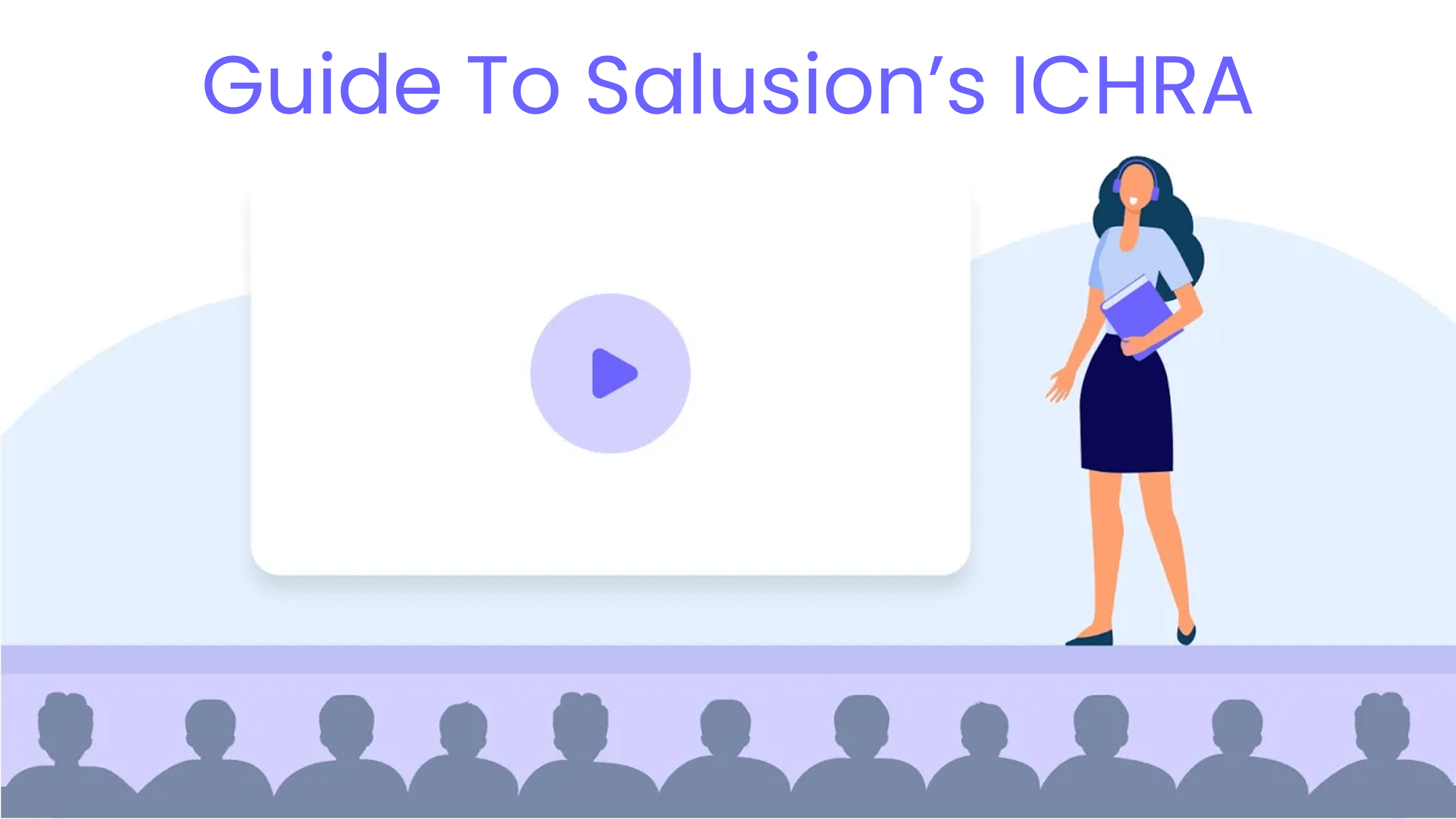
subtopic
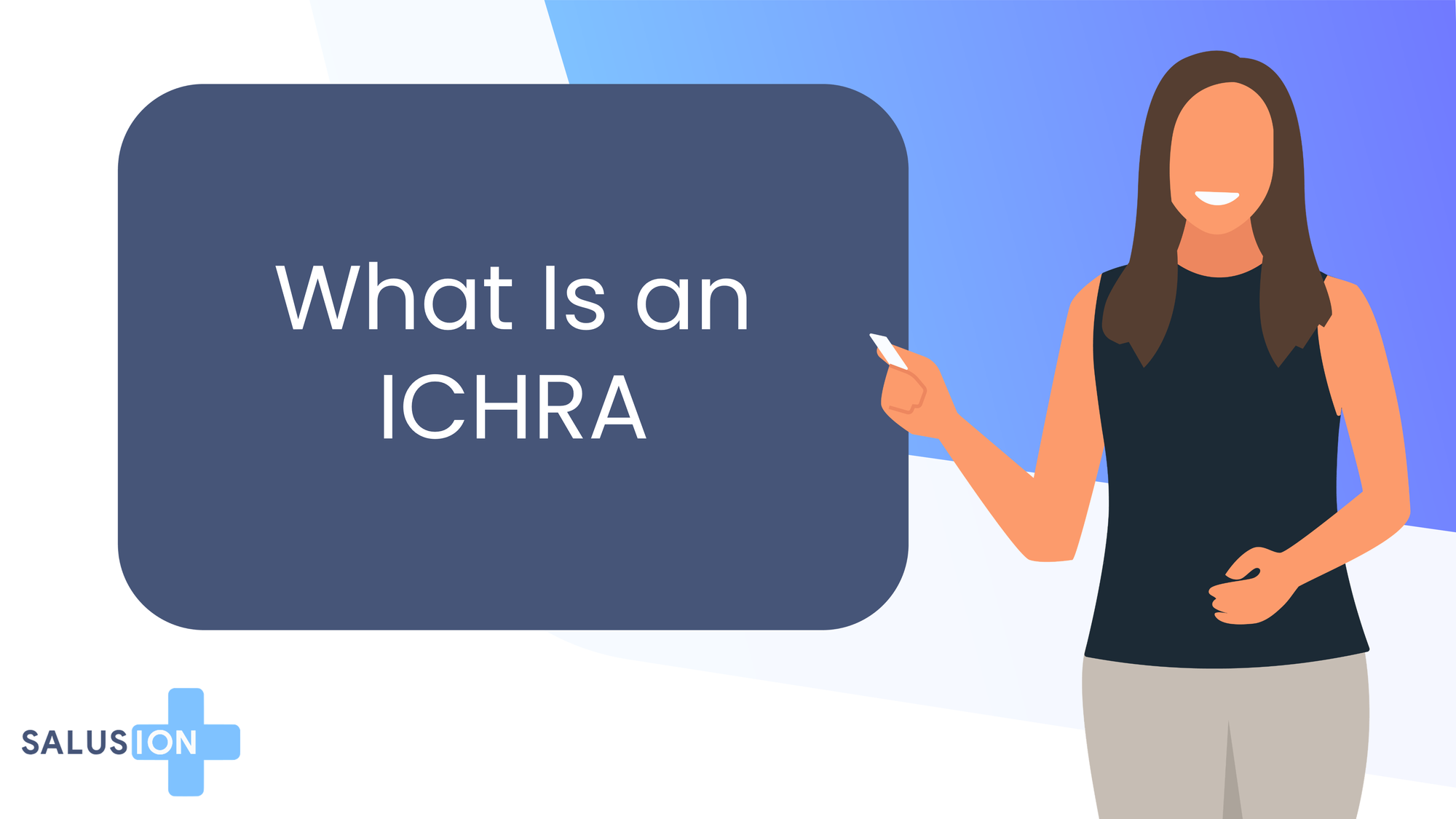
subtopic
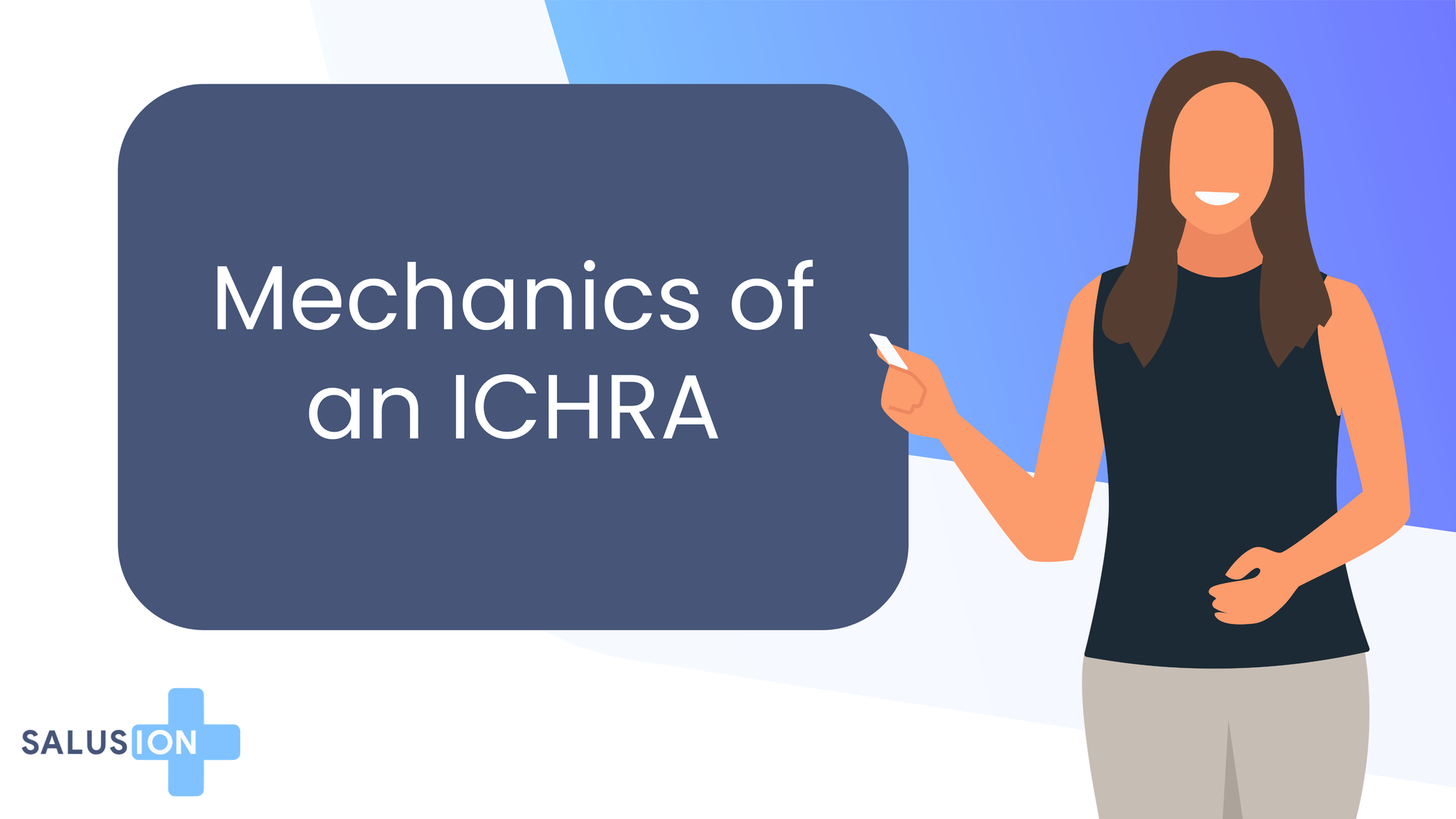
subtopic
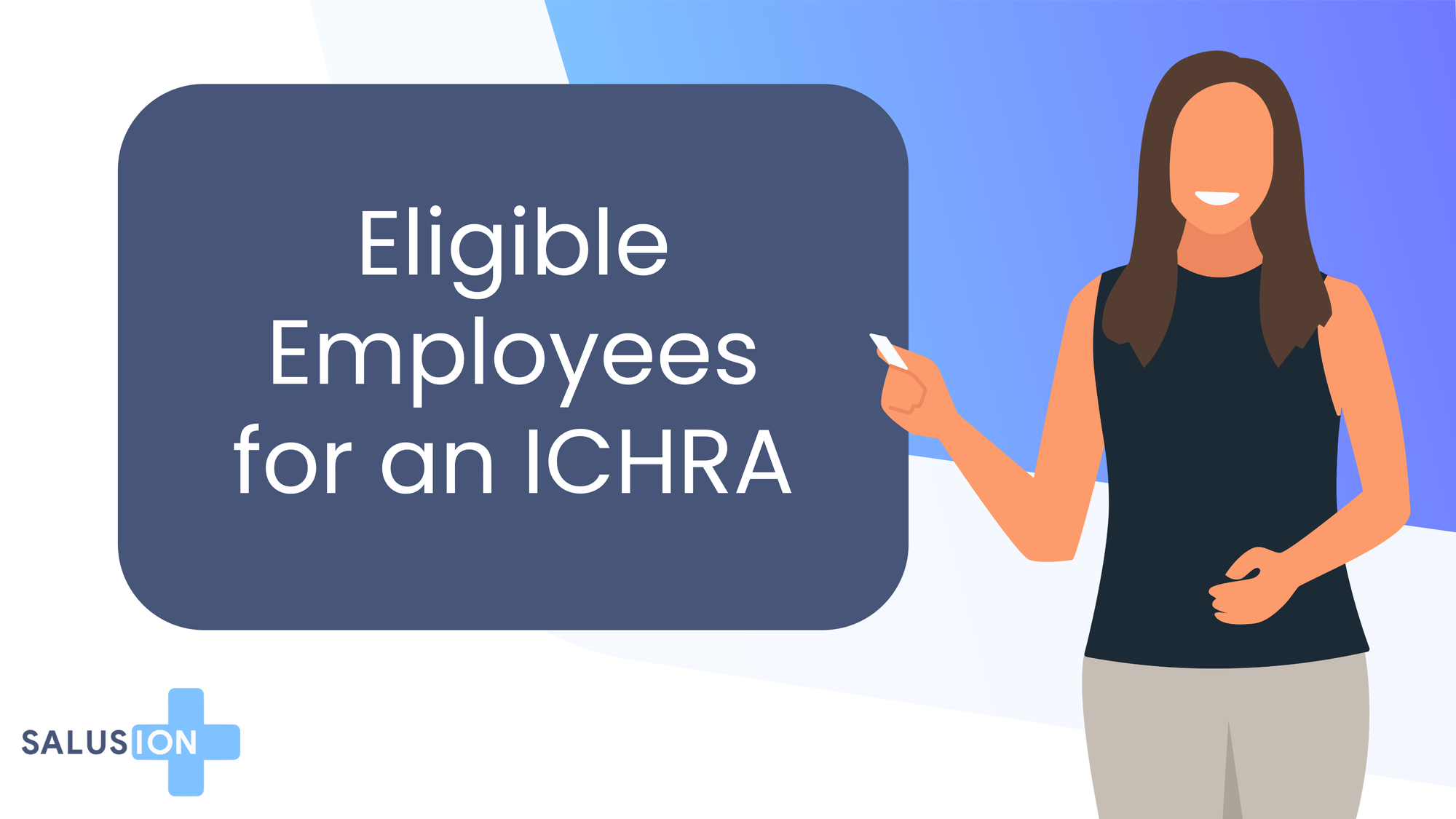
subtopic
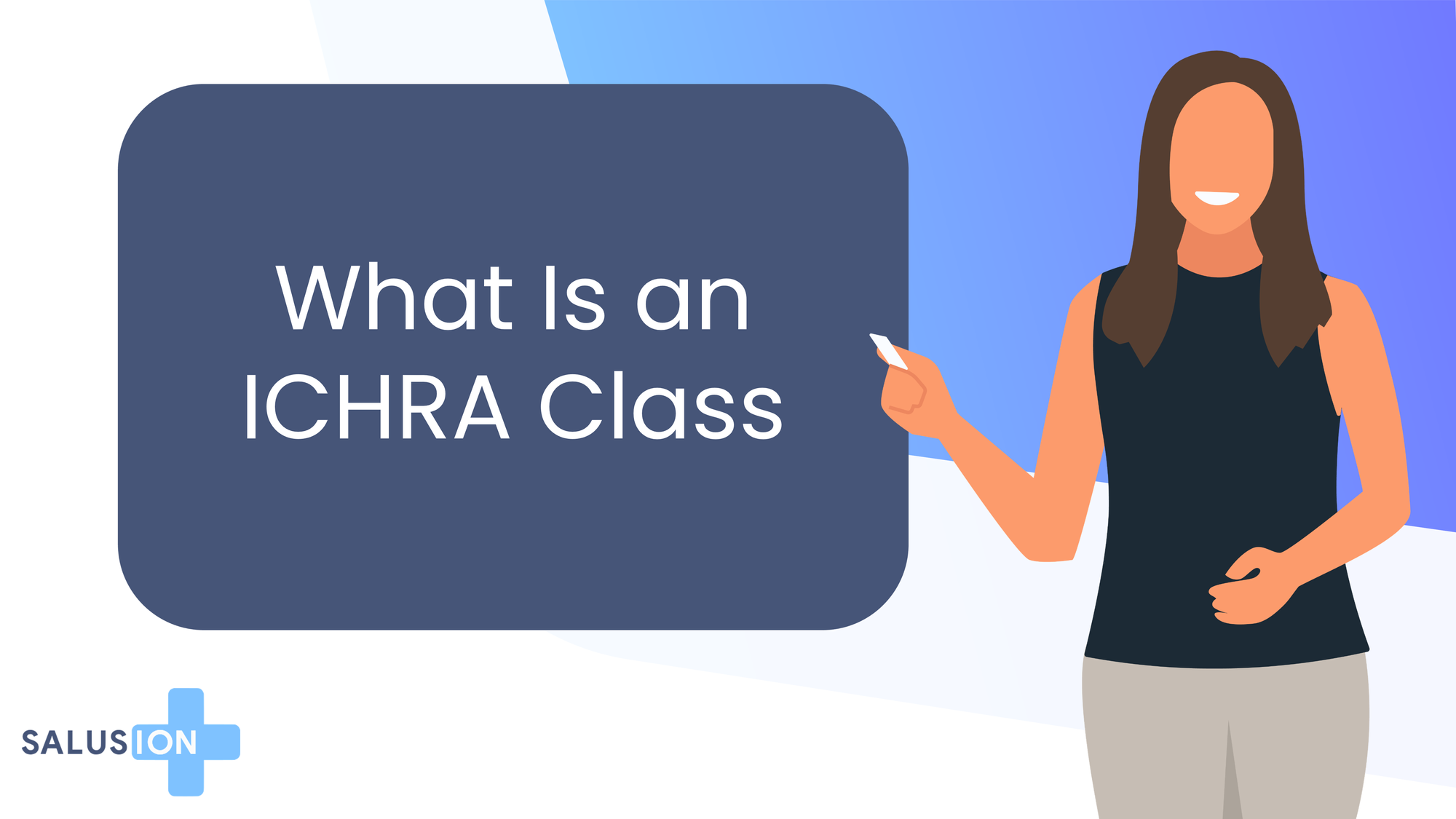
subtopic
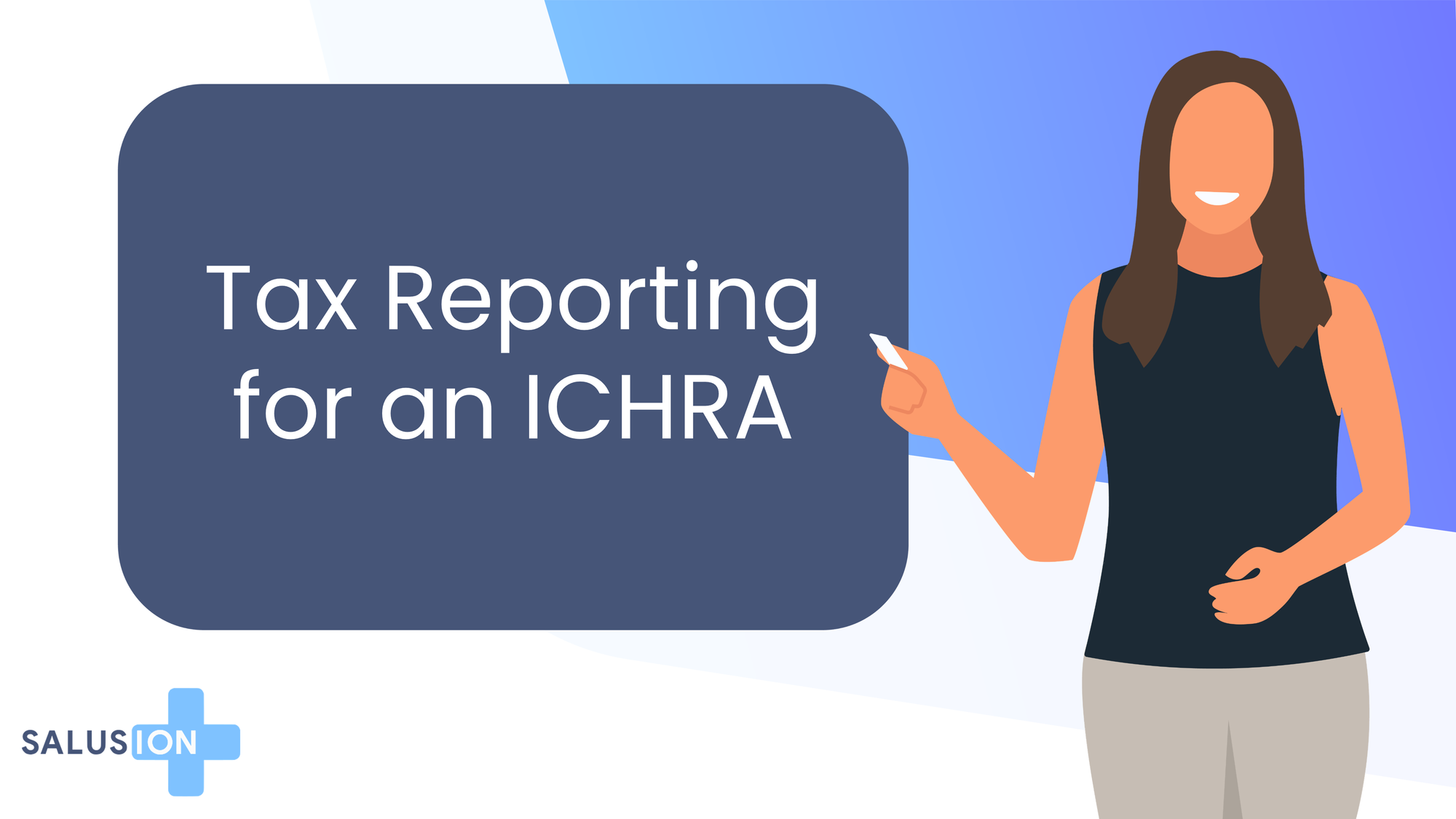
subtopic
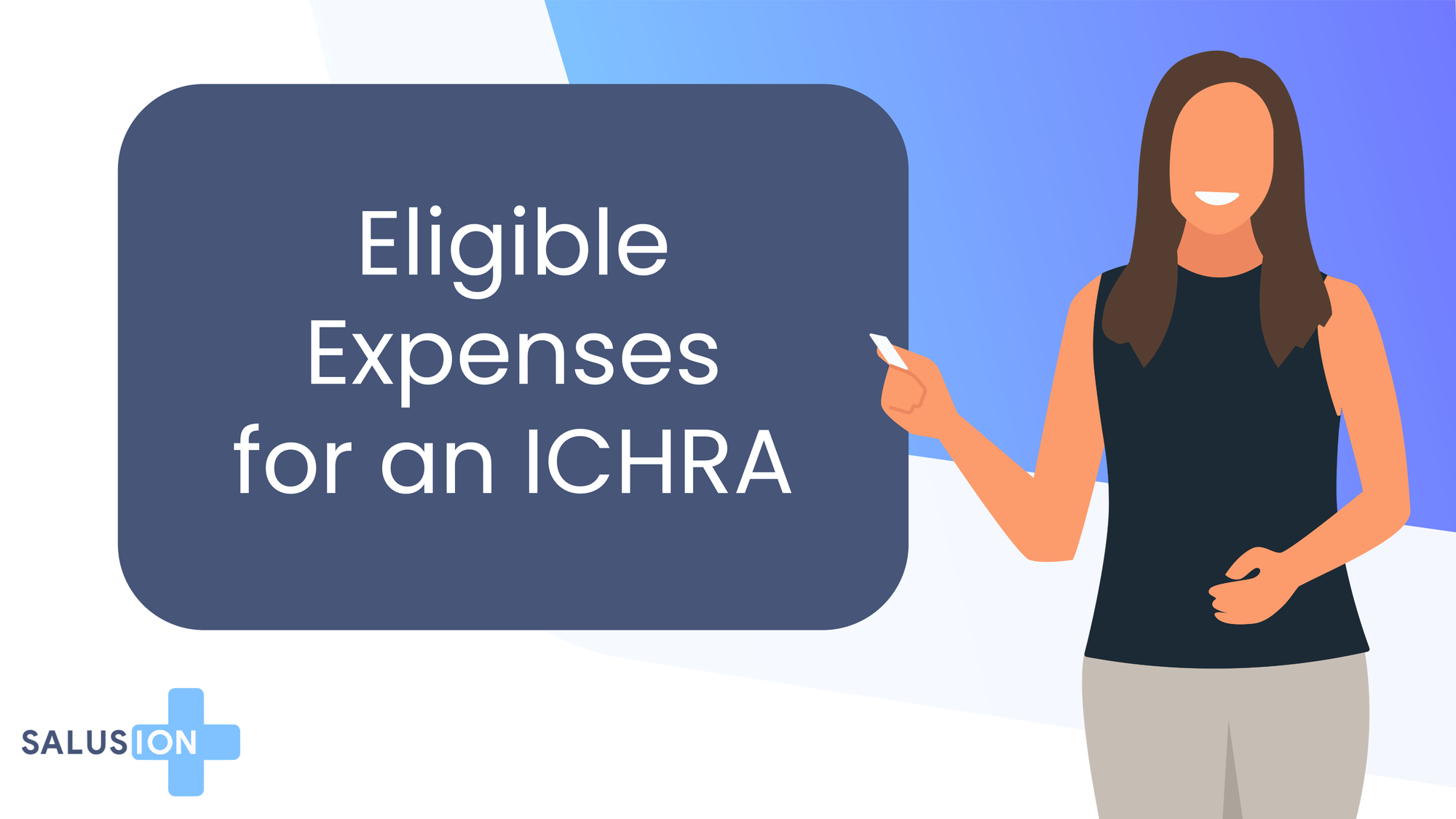
subtopic
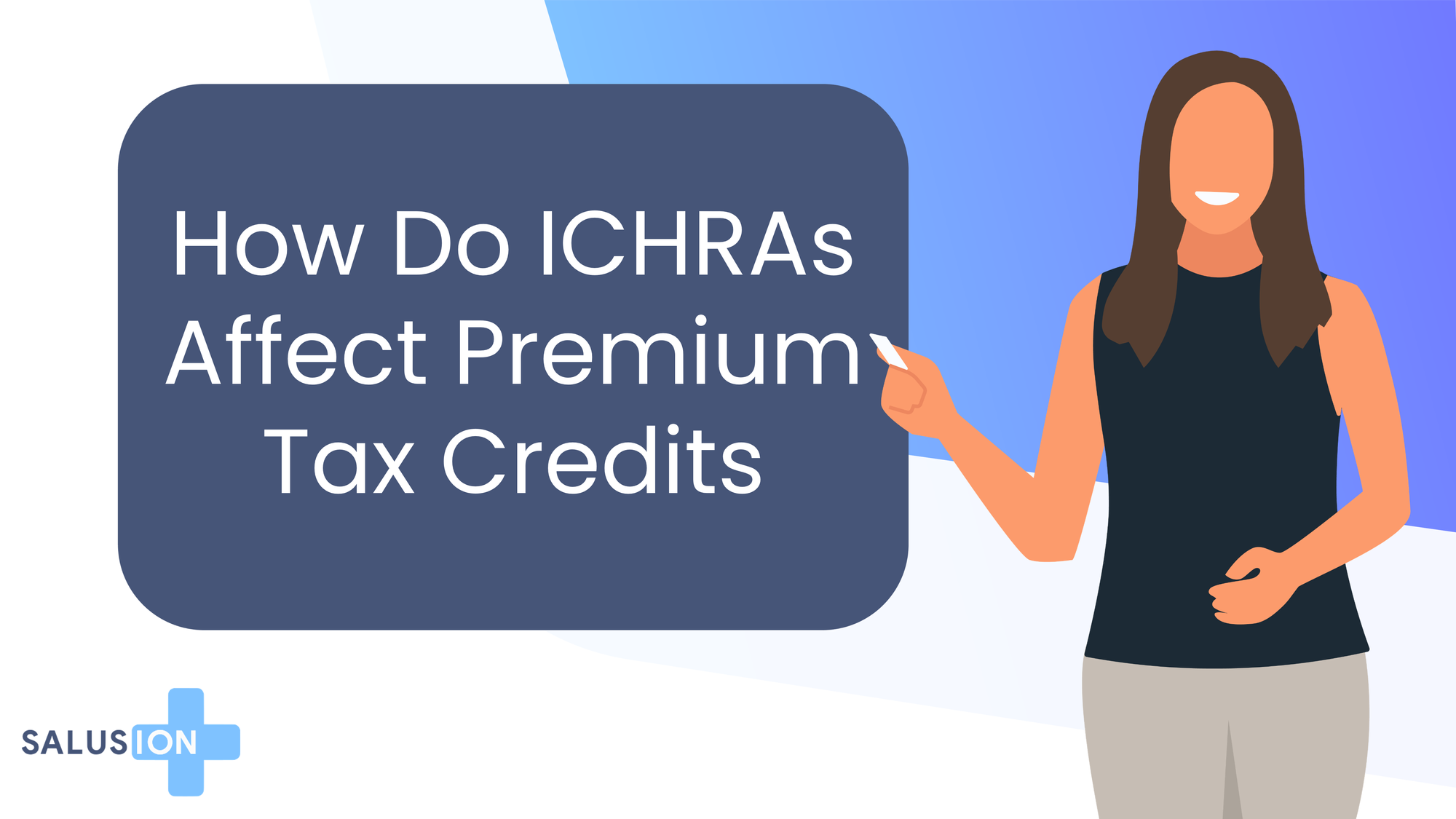
subtopic
